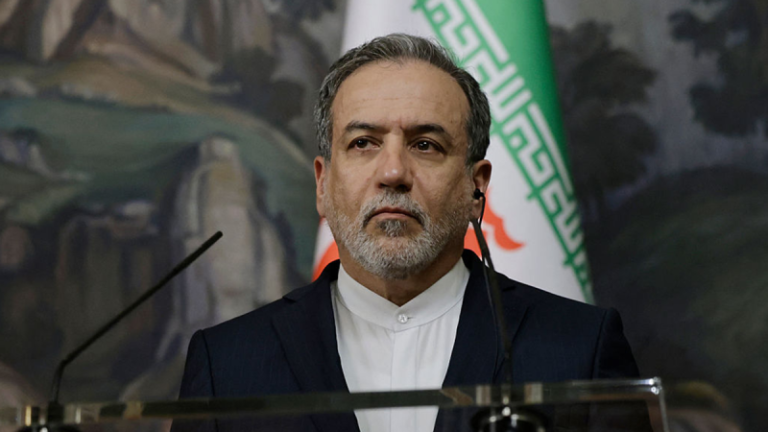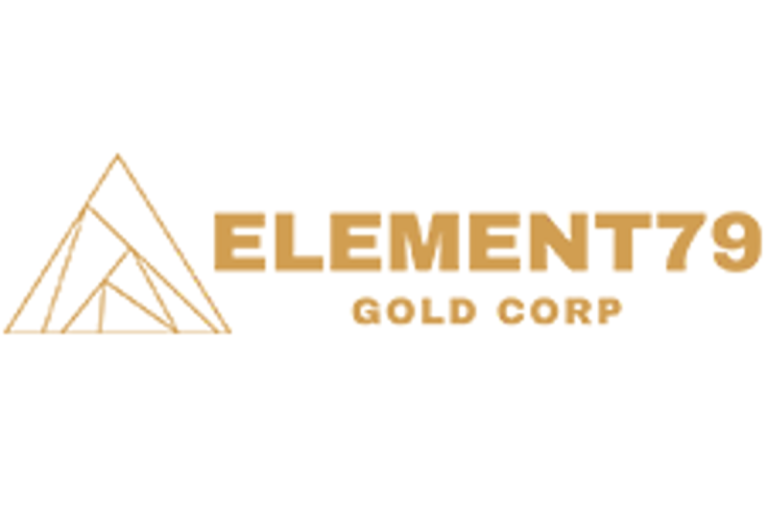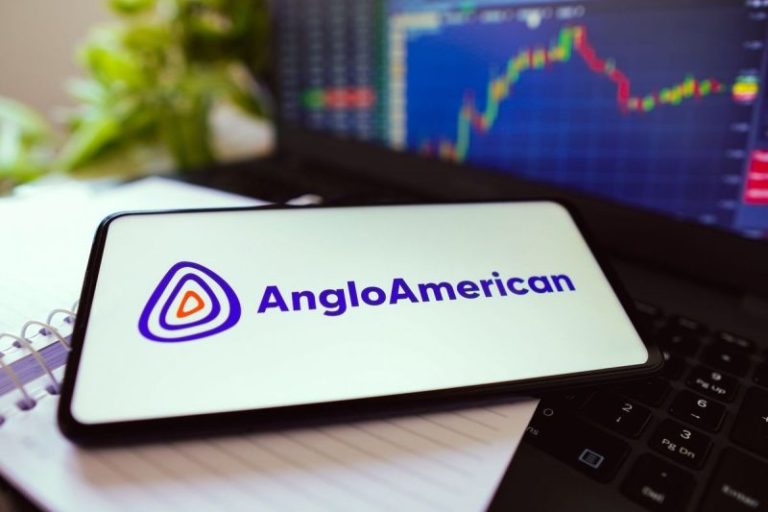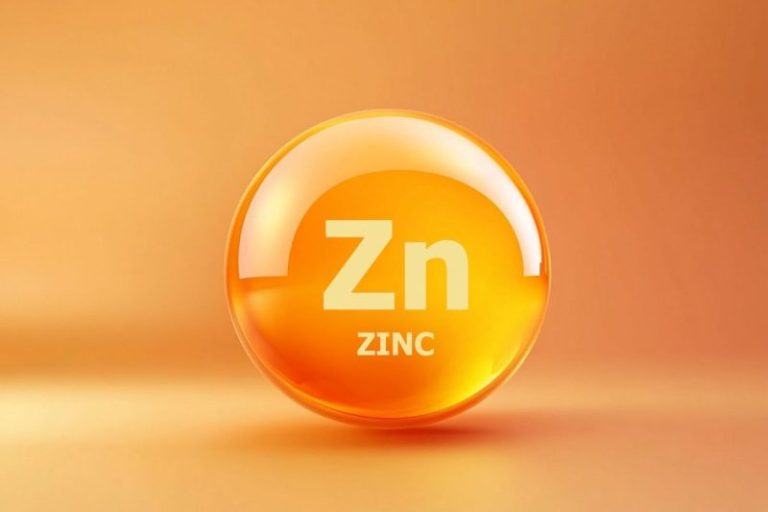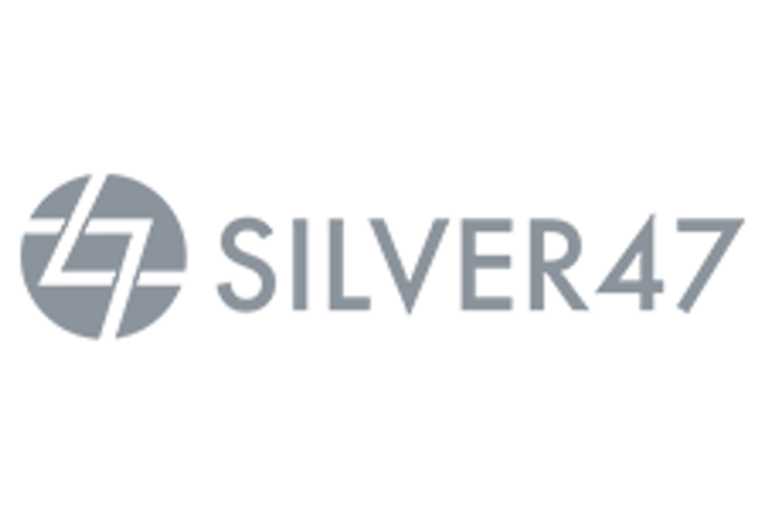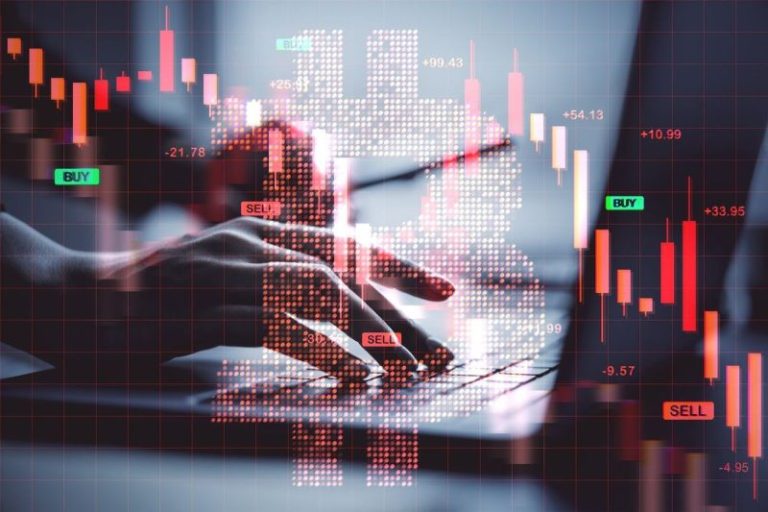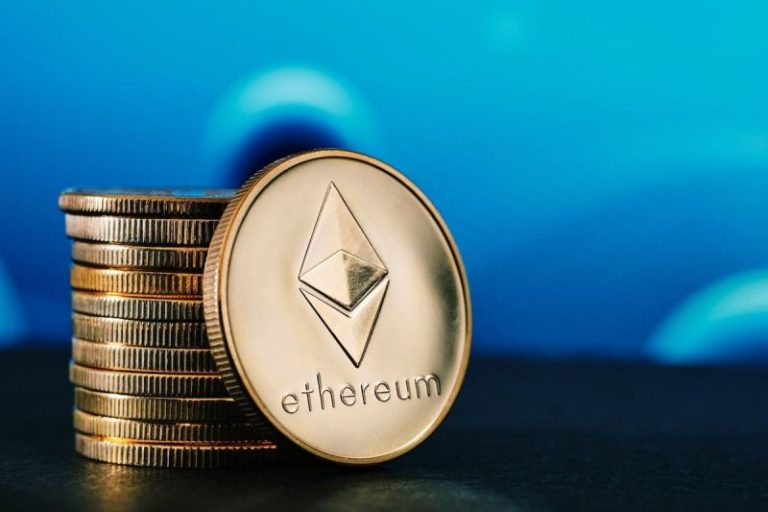Iran still has the capabilities to enrich uranium — despite U.S. and Israeli strikes — and could restart its nuclear program if it wanted to, Tehran’s foreign minister claimed.
While the U.S. struck three key Iranian nuclear sites, Israel destroyed much of its air defenses, took out top military commanders and killed at least 13 nuclear scientists and more than 1,000 people, according to figures put out by Tehran. Israel claims it killed 30 senior security officials and 11 top nuclear scientists.
‘Buildings can be rebuilt. Machines can be replaced, because the technology is there. We have plenty of scientists and technicians who used to work in our facilities,’ Foreign Minister Abbas Araghchi said in a recent interview with the Financial Times.
‘But when and how we restart our enrichment depends on the circumstances.’
Washington maintains that it inflicted significant damage to Iran’s two main uranium enrichment sites, Fordow and Natanz, and fired missiles that rendered the Isfahan facility essentially inoperable, setting Iran’s nuclear program back ‘years.’
Now, the world is watching to see whether Iran and the West will be able to come to a deal that ensures Iran does not work towards a nuclear weapon in exchange for sanctions relief.
Araghchi said the U.S. must offer funds to Iran to compensate for last month’s strikes in order to move forward with negotiations.
‘They should explain why they attacked us in the middle of . . . negotiations, and they have to ensure that they are not going to repeat that [during future talks],’ Araghchi said. ‘They have to compensate [Iran for] the damage that they have done.’
Araghchi claimed the so-called 12-Day War ‘proved there is no military solution for Iran’s nuclear program.’
Araghchi also said the strikes had prompted calls from within the regime to weaponize Iran’s nuclear program but claimed Iran would continue to abide by a two-decade-old fatwa banning the production of nuclear weapons.
‘Anti-negotiation feelings are very high,’ Araghchi said. ‘People are telling me, ‘Don’t waste your time anymore, don’t be cheated by them . . . if they come to negotiations it’s only a cover-up for their other intentions.’’
The minister repeated Iran’s insistence that it would not give up its ability to enrich uranium for civil purposes — a sticking point for Washington. ‘With zero enrichment, we don’t have a thing.’
The White House could not immediately be reached for comment on Araghchi’s remarks.
Israeli officials have admitted that some of Iran’s stockpile of highly enriched uranium did survive the attacks.
European powers have threatenaed to trigger ‘snapback’ United Nations sanctions against Iran if there isn’t a breakthrough in nuclear talks.
Any of the current members of the 2015 nuclear deal, Joint Comprehensive Plan of Action — France, the UK, Germany, China, and Russia – can invoke the snapback mechanism if they determine Iran hasn’t held up its end of the deal. The U.S. can’t trigger the sanctions because it pulled out of the deal and enacted unilateral ‘maximum pressure’ sanctions under Trump’s first administration.
The U.S. heaped more pressure onto Tehran this week with new sanctions on the nation’s oil network and military drone enterprise.
European diplomats have been meeting with Iran to relay how it could avoid snapback sanctions, including resuming cooperation with the International Atomic Energy Agency (IAEA) to monitor its compliance with nuclear limits.
Araghchi said Iran would stop negotiating with Europe if they were to trigger the sanctions. ‘If they do snap back, that means that this is the end of the road for them.’

